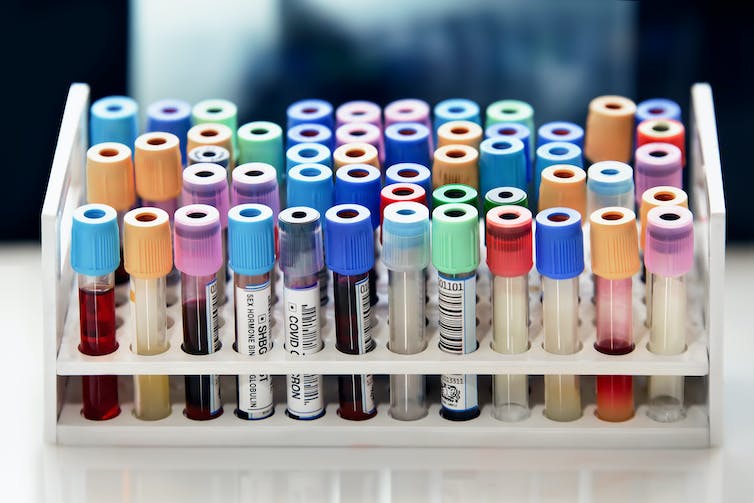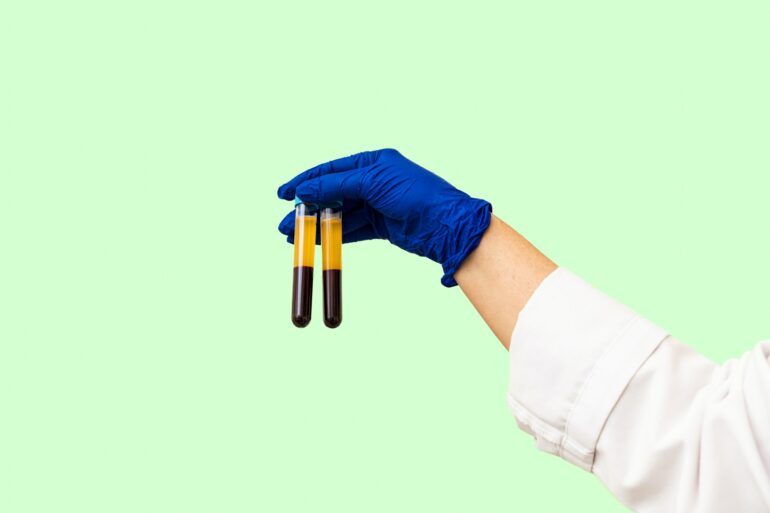Medical laboratory testing is the heartbeat of medicine. It provides critical data for physicians to diagnose and treat disease, dating back thousands of years. Unfortunately, laboratory medicine as a field is poorly understood by both the public and health care communities.
Laboratory medicine, also known as clinical pathology, is one of two main branches of pathology, or the study of the causes and effects of disease. Pathology covers many laboratory areas, such as blood banking and microbiology. Clinical pathology diagnoses a disease through laboratory analysis of body fluids such as blood, urine, feces and saliva. The other branch of pathology, anatomic pathology, diagnoses a disease by examining body tissues.
We are public health and medical laboratory scientists who specialize in microbiology and infectious diseases. There are a lot of steps between when your doctor orders a blood test to establishing a diagnosis. From the bedside to the lab bench, here’s how laboratory testing works.
It all starts with a specimen
When you see a doctor, sometimes a physical exam and detailed medical history are enough for them to make a diagnosis, offer recommendations or prescribe medications for your condition. There are many instances, however, where your doctor may need additional information to make an accurate diagnosis. This information is often obtained from procedures like imaging scans or blood tests.
The first step involves getting your blood drawn through a practice known as phlebotomy. A health care professional, typically a phlebotomist or a nurse, inserts a needle into a vein to collect a blood specimen.
Multiple tubes of blood may be needed, as certain tests are only performed using certain types of blood specimens. For example, one test commonly used to diagnose anemia requires blood to be collected in a chemical that prevents the blood from clotting. Patients being evaluated for a clotting disorder, on the other hand, often have their blood collected in a tube containing another anticoagulant.

Different tests require different types of blood specimens.
angelp/iStock via Getty Images Plus
Testing pathways
Specimens then make their way to a clinical laboratory. Laboratories can be found within hospitals, reference labs or physician offices, or they can be located in a public health setting such as the Centers for Disease Control and Prevention or a state public health laboratory. In 2021, there were more than 329,000 laboratory professionals working in the U.S. in more than 320,000 federally regulated laboratories. An estimated 14 billion laboratory tests are ordered annually in the U.S., on top of over 1 billon COVID-19 tests during the pandemic. With such a large volume of specimens to test and examine, various sections of a laboratory are automated.
Laboratory tests examine the biological, chemical and physical properties of the cells and molecules that make up a blood…



